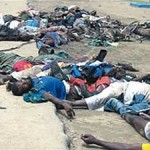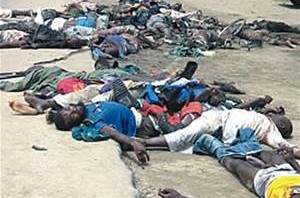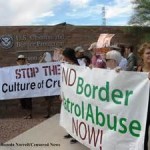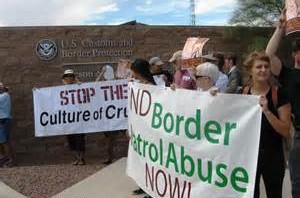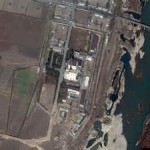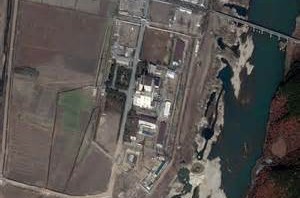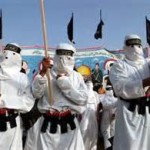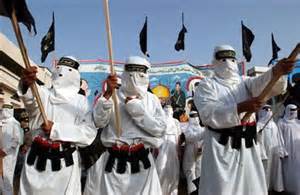Please someone tell Congresswoman Sheila Jackson Lee and the rest of the members of the Congressional Black Caucus they need to attend a few meetings and read a few memos to understand the decades of history of Boko Harem and the killing machine they have been for years regardless of whether the dead are girls, military, political leaders or the very foundation of the poor and begging system throughout the region.
Boko Harem leadership and cult go back to the early 1990’s and the corruption and failed government in an otherwise oil rich country has failed to do anything to stop the essentially national threat.
Someone tell Congresswoman Jackson Lee that even as early as 2000, Osama bin Ladin called on Nigerian Muslims to wage jihad and establish and Islamic State. Boko Harem is affiliated with AQIM and many members have traveled even to Afghanistan joining up with the Taliban. Bin Ladin donated $3 Million dollars to organize the cell in Nigeria in circa 2000. Mohammed Yusef were the beneficiaries of the money and marching orders from bin Ladin. Boko Harem has a reach as far as Chad, Niger, , Mali, Mauritania and Algeria. Some fighters even trained under Muammar Qaddafi in Libya where many weapons from the Qaddafi cache are used by Boko Harem have been traced to Libya.
Boko Harem’s leader, Shekau often orders videos posted in a host of chat rooms and websites expressing solidarity with al Qaeda factions.
Money comes from all kinds of sources including kidnapping, theft, extortion and dark money also comes from government officials including the police, armed forces and all sectors of state government.
While Boko Harem operates mostly underground unless they are executing planned attacks on schools, military and business, they get their supplies from helicopters that have been stolen from the Maiduguri Air Force Base. Supplies dropped from the air consists of arms, ammunition, money, medical supplies and food.
So to the U.S. Congressional Black Caucus here is a sample of recent attacks by Boko Harem.
November 4, 2011: A series of attacks on police targets and churches in the northeastern city of Damaturu claimed by the sect kills at least 150 people.
– January 20, 2012: At least 185 people are killed in the northern city of Kano following coordinated bombings and gun battles, claimed by Boko Haram.
– April 19, 2013: Fierce fighting between troops and suspected Islamists in the remote northeastern town of Baga kills 187 people while 77 others are injured.
– May 7, 2013: Boko Haram launches coordinated attacks in the northeastern town of Bama, killing 55 people and freeing 105 inmates.
– May 15, 2013: Nigerian troops begin an offensive against Boko Haram in the states of Borno, Yobe and Adamawa, where a state of emergency is declared in order to retake areas which have fallen into the hands of the insurgents.
– September 17, 2013: An attack by Boko Haram Islamists disguised in military uniforms in the northeastern Benisheik area in Borno state kills at least 142 people.
– February 15, 2014: An attack blamed on the sect leaves more than 100 people dead in the mostly Christian village of Izghe in Borno.
– April 14, 2014: A blast at a bus station packed with morning commuters at Nyanya, on the southern outskirts of Abuja, kills at least 72 people, in the most deadly attack to date on the capital. Most of the previous attacks have taken place in the group’s historic stronghold in the northeast.
Read a full report here on Boko Harem.
One last thing Congresswoman, pass this on to your friends in the CBC and the rest of Congress, your friend Hillary, you know when she was SecState….well she refused to list Boko Harem on the terror list for two years.
The State Department under Hillary Clinton fought hard against placing the al Qaeda-linked militant group Boko Haram on its official list of foreign terrorist organizations for two years. And now, lawmakers and former U.S. officials are saying that the decision may have hampered the American government’s ability to confront the Nigerian group that shocked the world by abducting hundreds of innocent girls.
So hey Sheila you want to use drones now but, sadly your gal Hillary hampered any aggressive action against Boko Harem for a long while and remember who died and was terrorized during that time.
Sigh….

